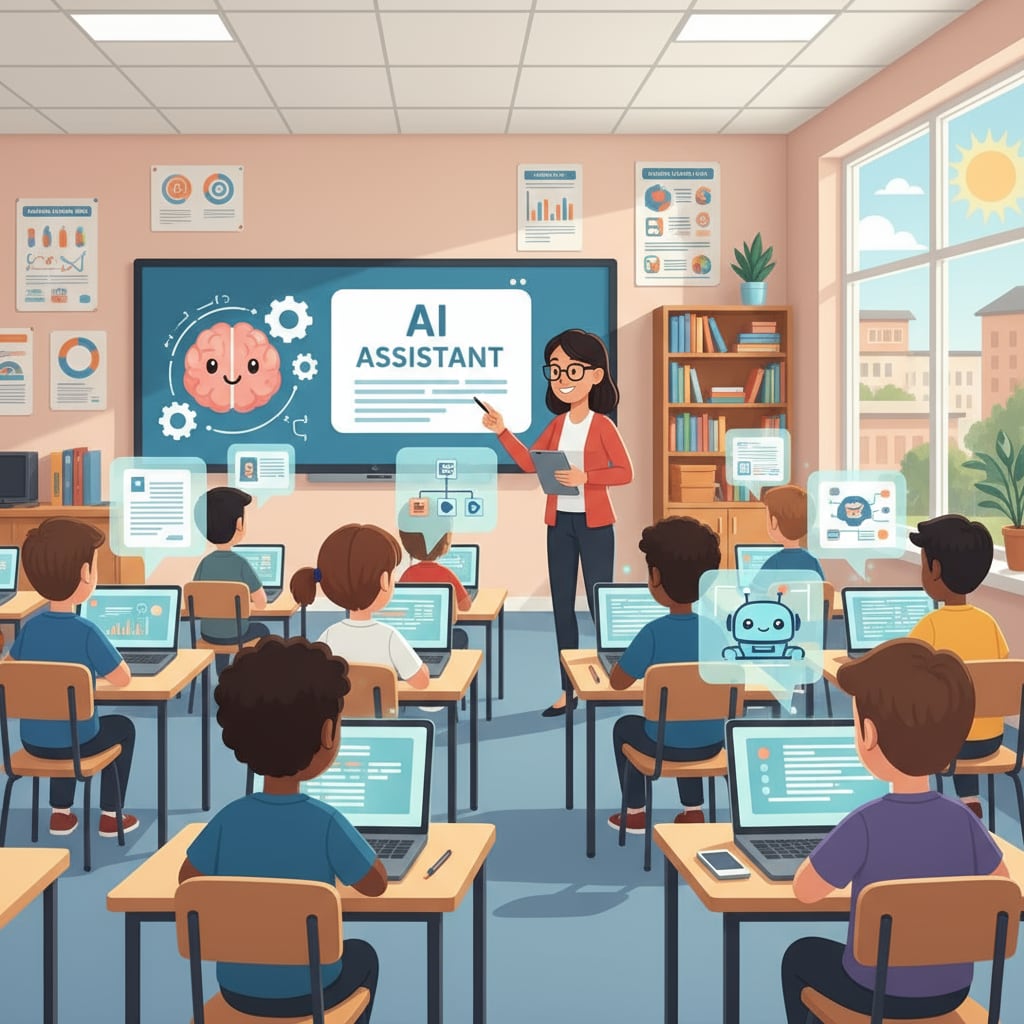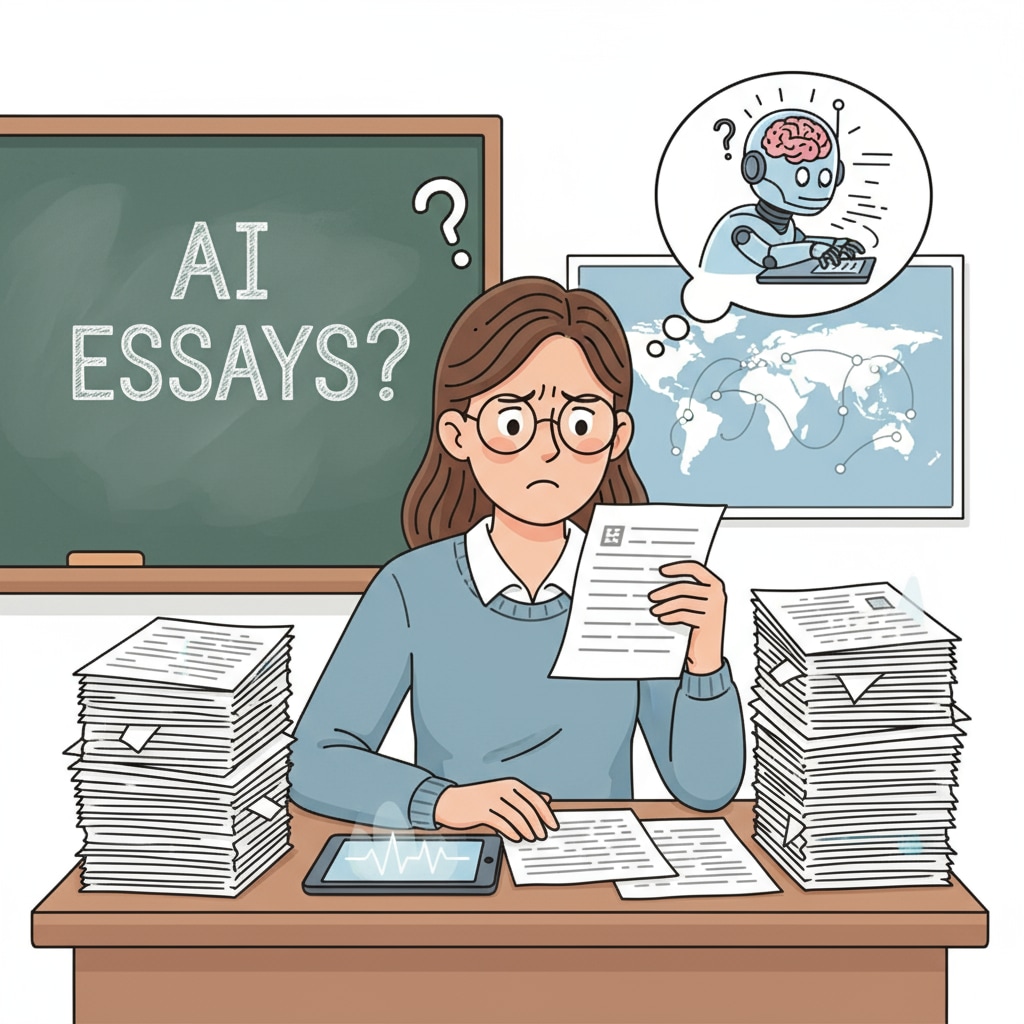In the digital age, academic integrity, writing education, and AI-generated content have become intertwined issues that demand our attention. The widespread use of artificial intelligence has brought about a new set of challenges for K12 education. AI tools can now generate written content with remarkable speed and quality, blurring the lines of traditional learning assessment. For example, students might use AI to complete essays or assignments, making it difficult for teachers to determine the authenticity of their work. Artificial intelligence in education on Wikipedia reveals the growing impact of these technologies in the educational landscape.

The Blurring of Learning Assessment Lines
AI-generated content has significantly disrupted the traditional methods of assessing student learning. In the past, teachers could rely on the writing style, vocabulary, and depth of analysis to gauge a student’s understanding. However, with AI, these markers are no longer reliable. AI can mimic various writing styles and produce complex arguments, making it challenging to distinguish between work created by a student and that generated by a machine. As a result, the accuracy of grading and evaluating student progress has been called into question. Educational assessment on Britannica provides insights into the importance of accurate assessment in education.

Differences in Educational Goals Among Stakeholders
Teachers, students, and parents often have different perspectives on educational goals, and this becomes more pronounced in the era of AI. Teachers aim to foster critical thinking, creativity, and independent learning skills through writing assignments. They want students to develop their own voices and ideas. On the other hand, students might be more focused on achieving good grades quickly, and in some cases, they see AI as a shortcut. Parents, too, may have conflicting views, some emphasizing academic success at all costs while others value the development of genuine skills. These differences can lead to misunderstandings and a lack of alignment in how to address the issue of AI in education.
To address these challenges, it is crucial to redefine academic integrity in the digital age. This involves not only setting clear rules and consequences for using AI inappropriately but also educating students, teachers, and parents about the importance of authenticity in learning. Additionally, writing education needs to be adapted to incorporate the use of AI as a tool rather than a substitute. For example, teachers can design assignments that require students to use AI as a starting point and then build on it with their own analysis and creativity.
Readability guidance: By using short paragraphs and lists, we can better summarize the key points. Each H2 section can have a list to present information clearly. Controlling the passive voice and long sentence ratio, and adding transitional words like “however”, “therefore”, “in addition”, “for example”, and “as a result” throughout the article, we can improve its readability and flow.


